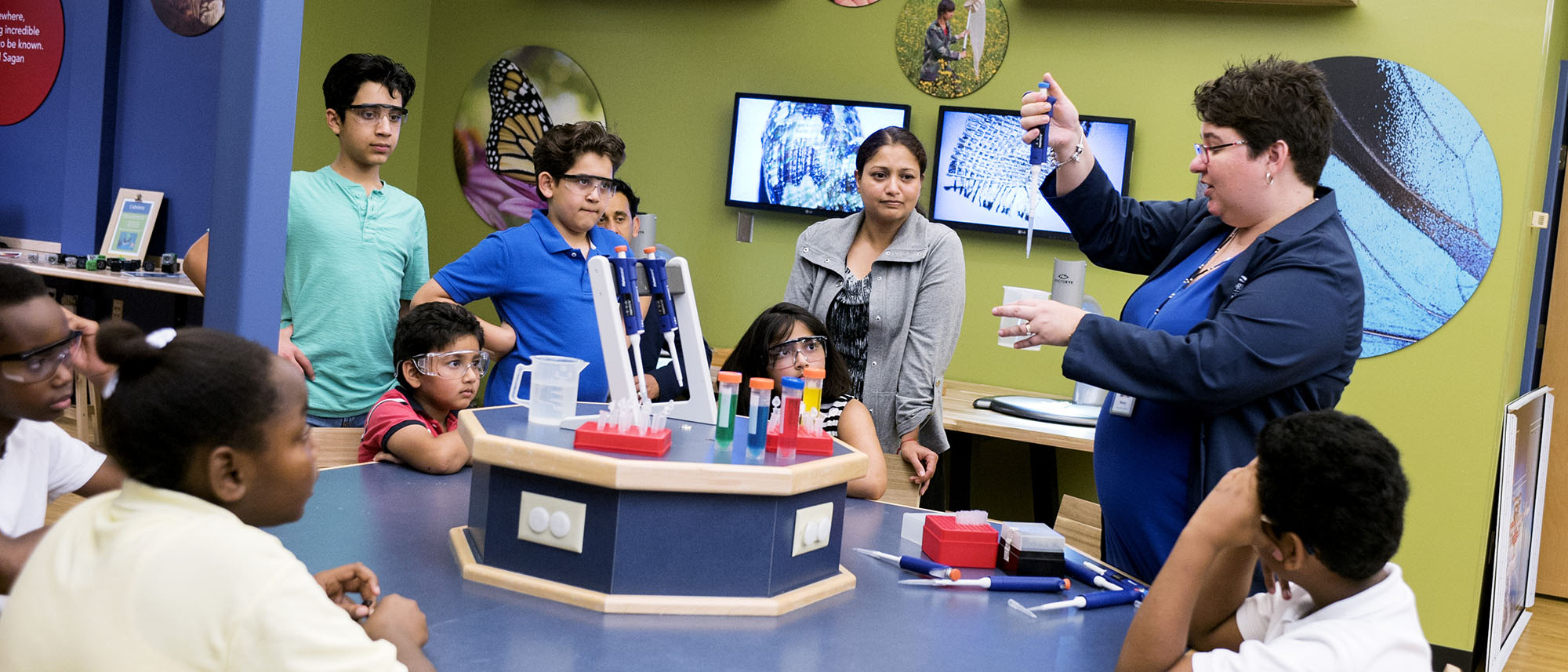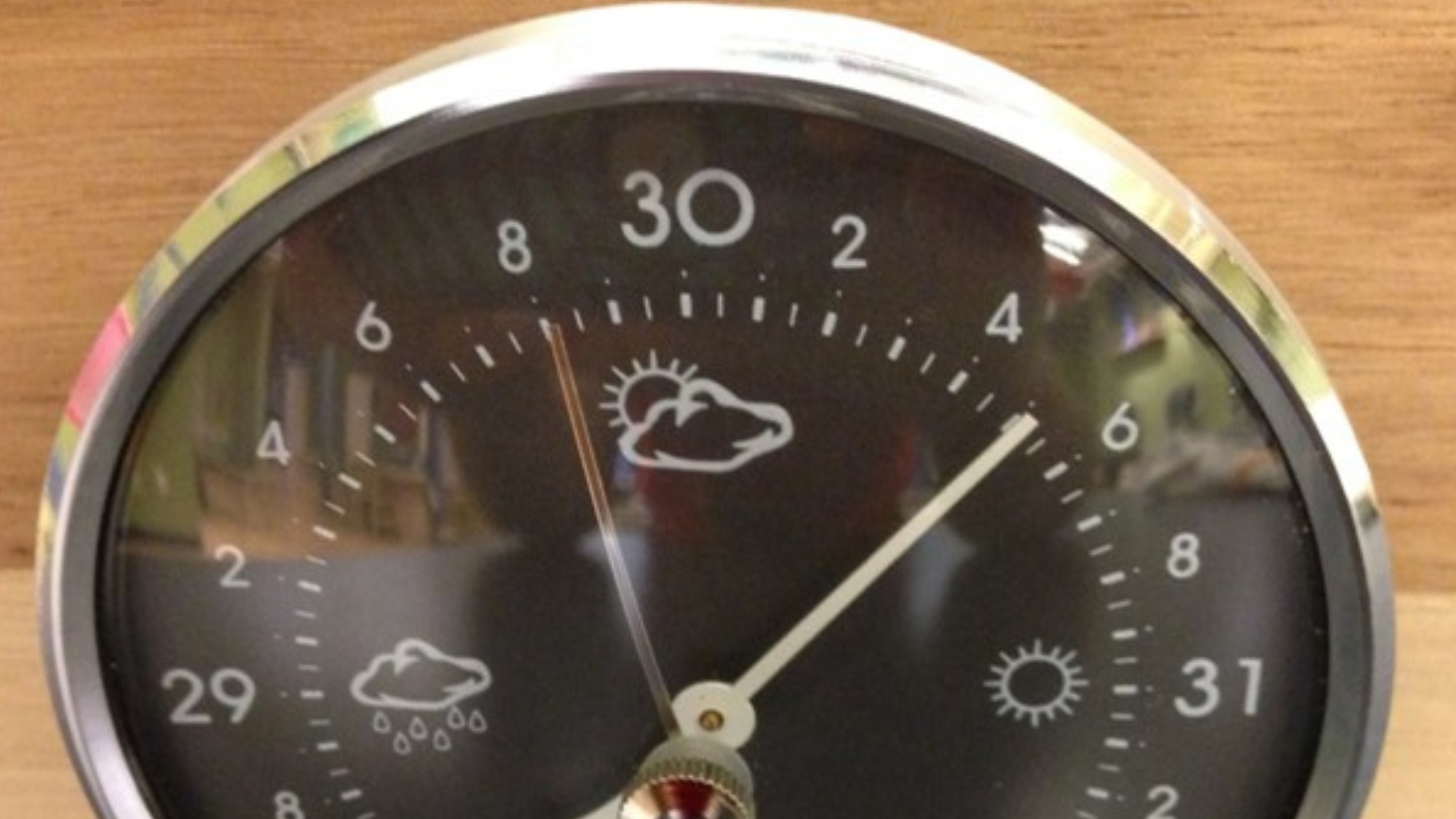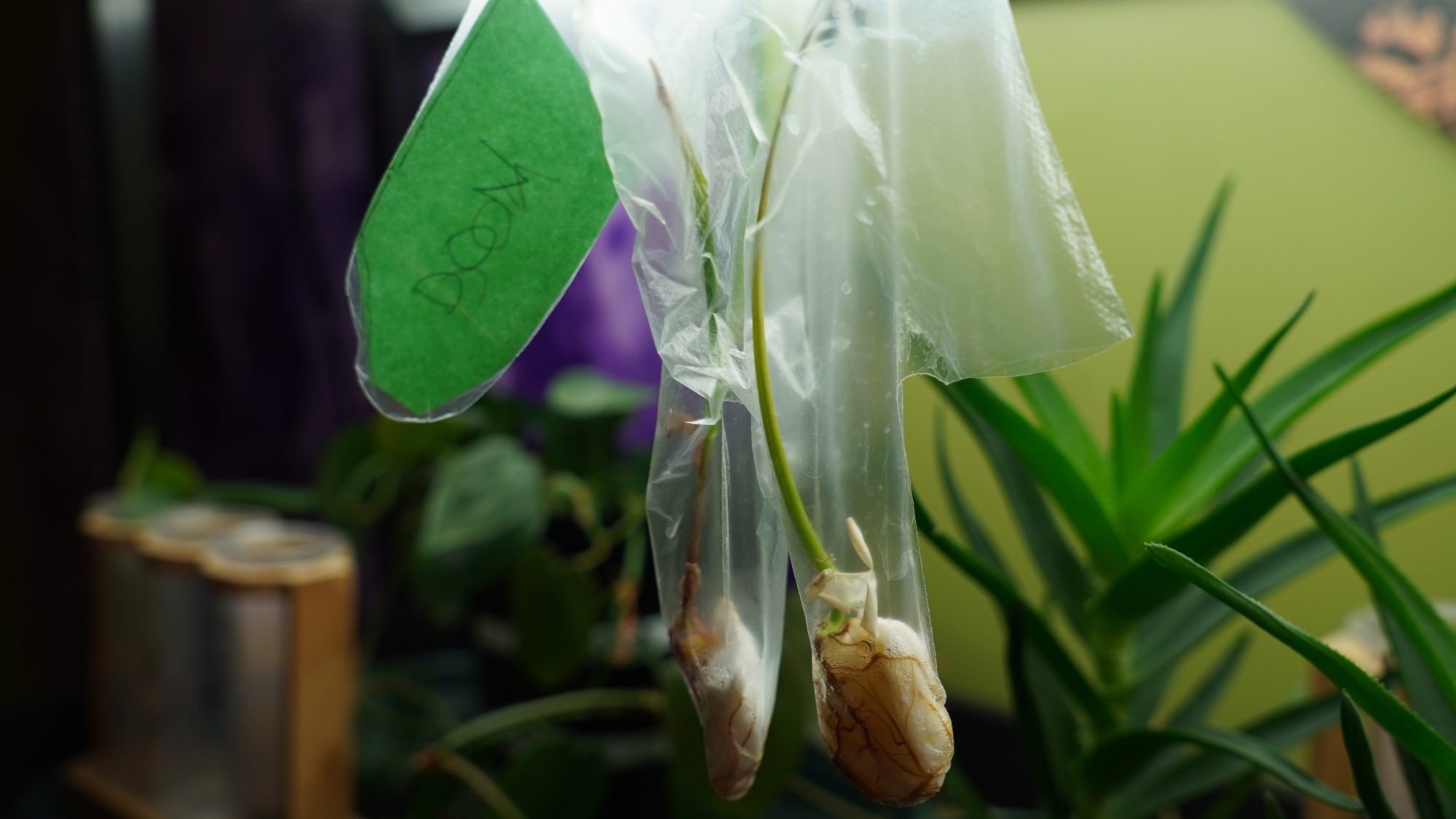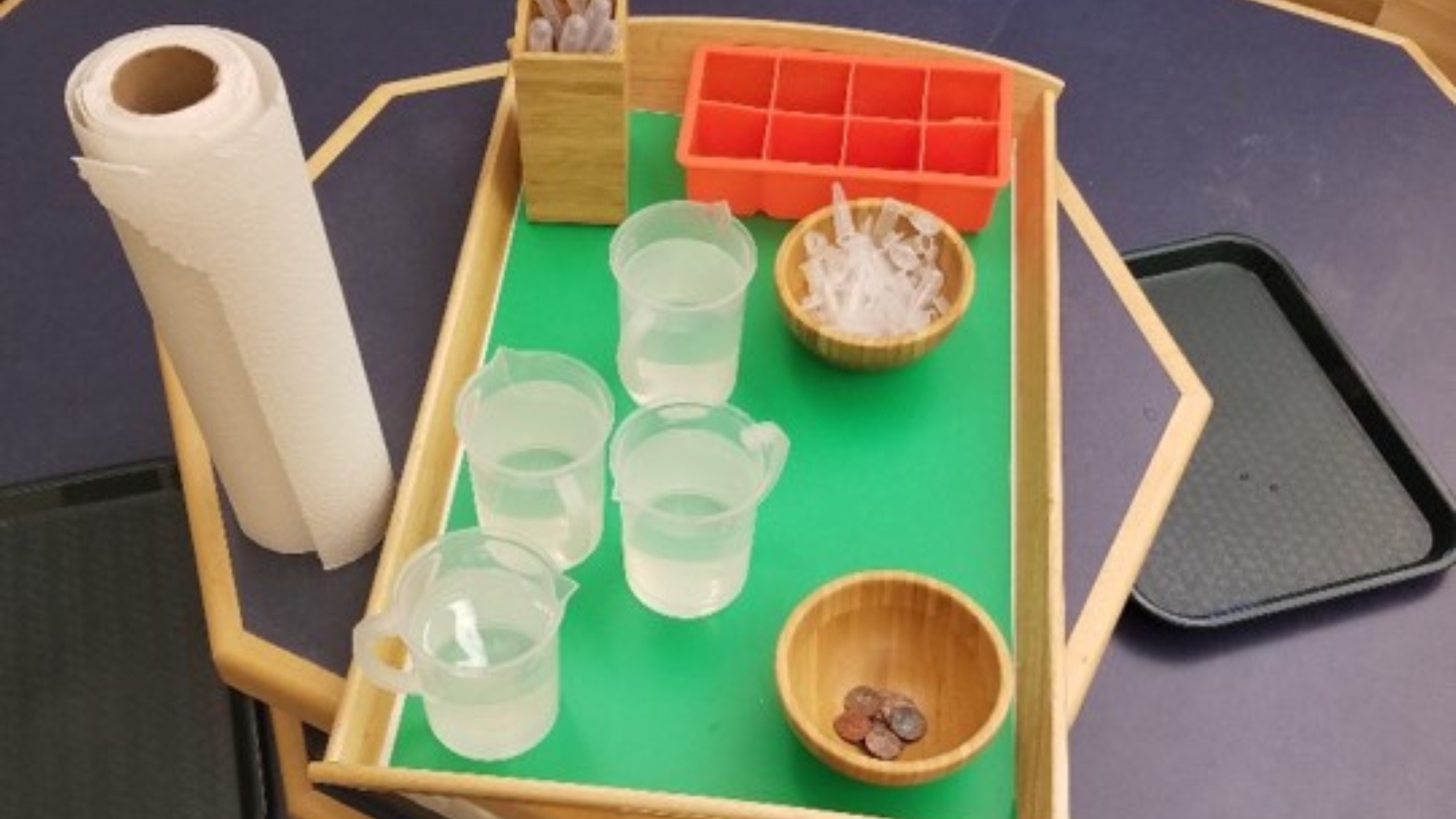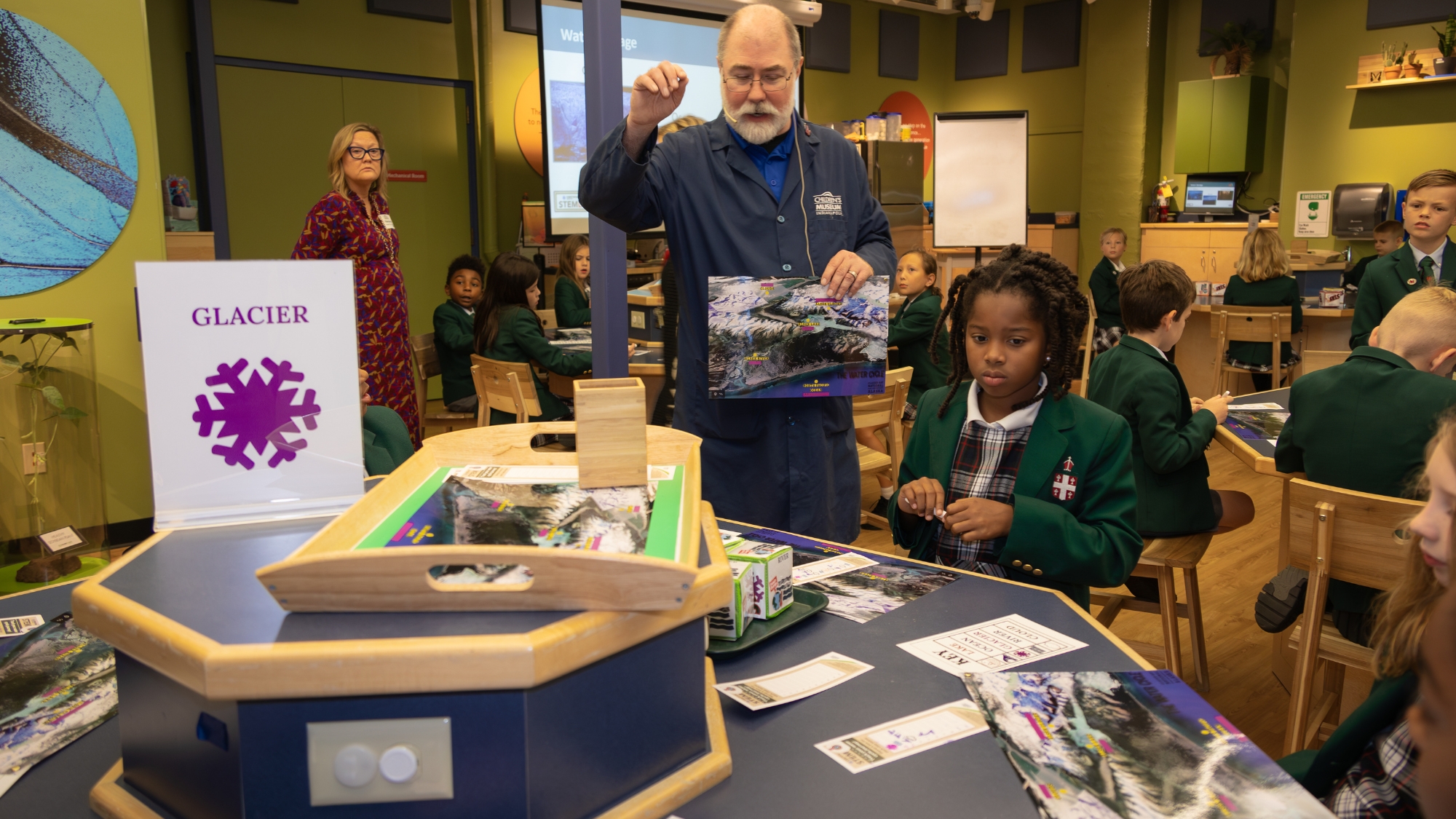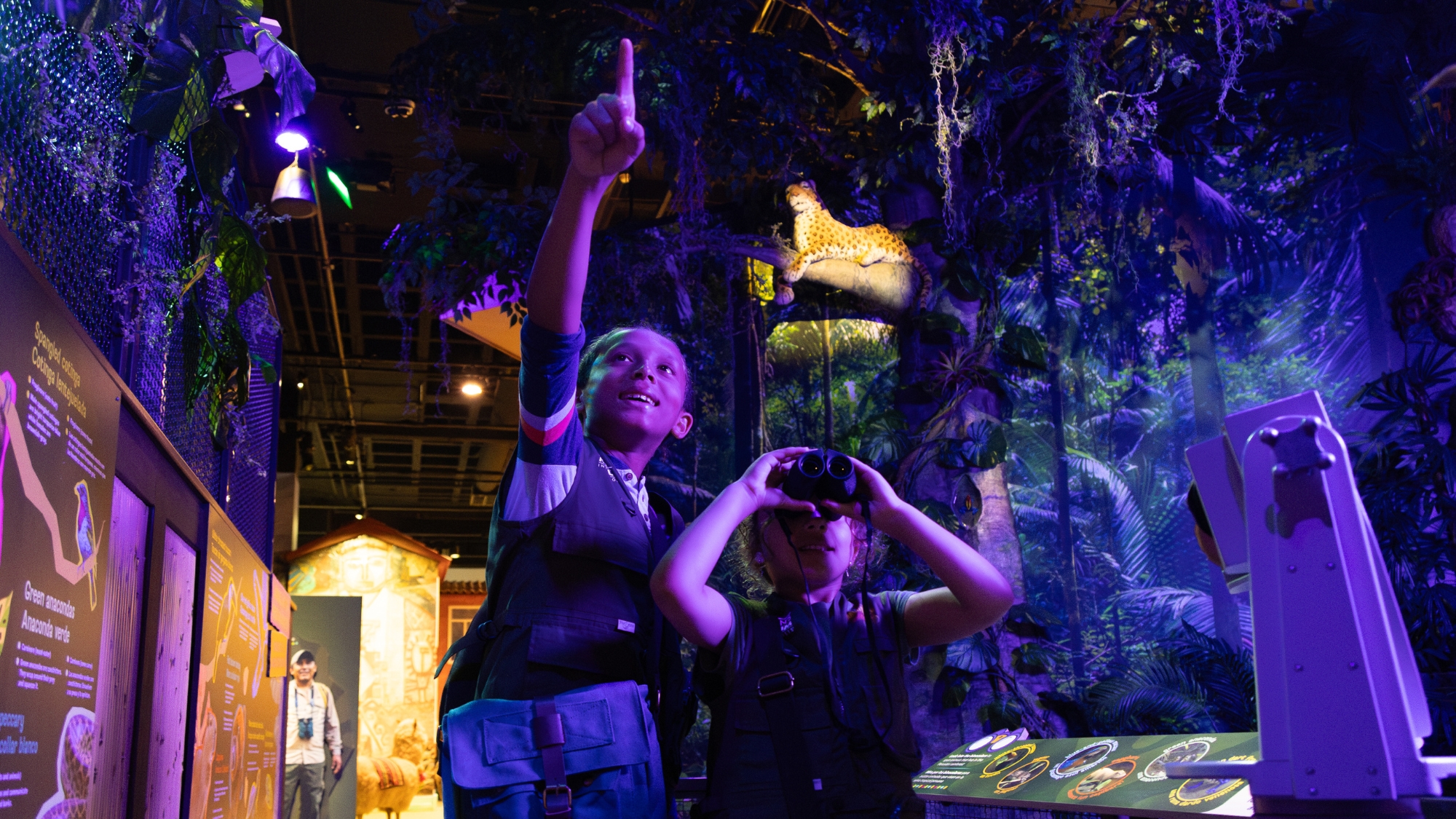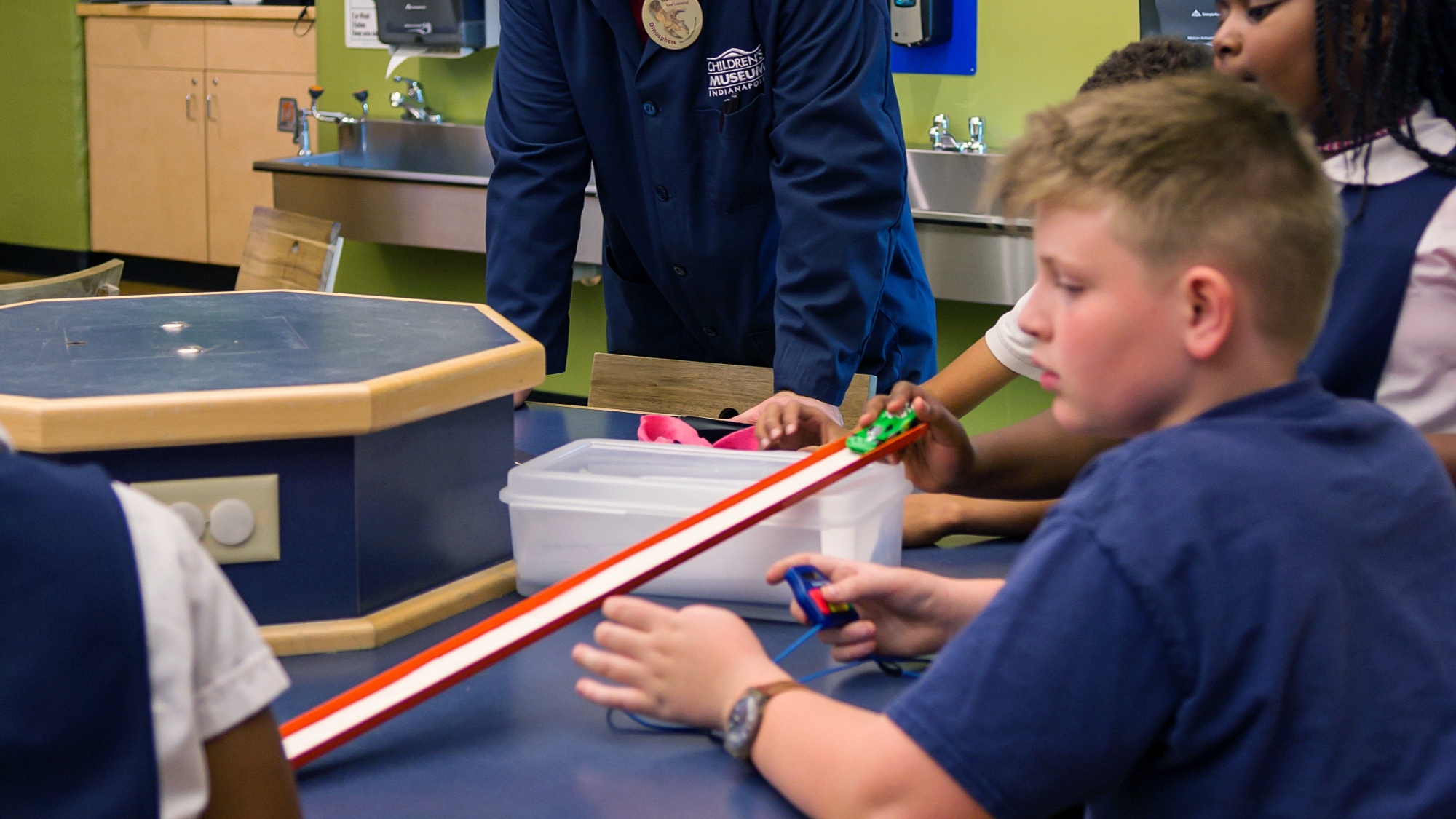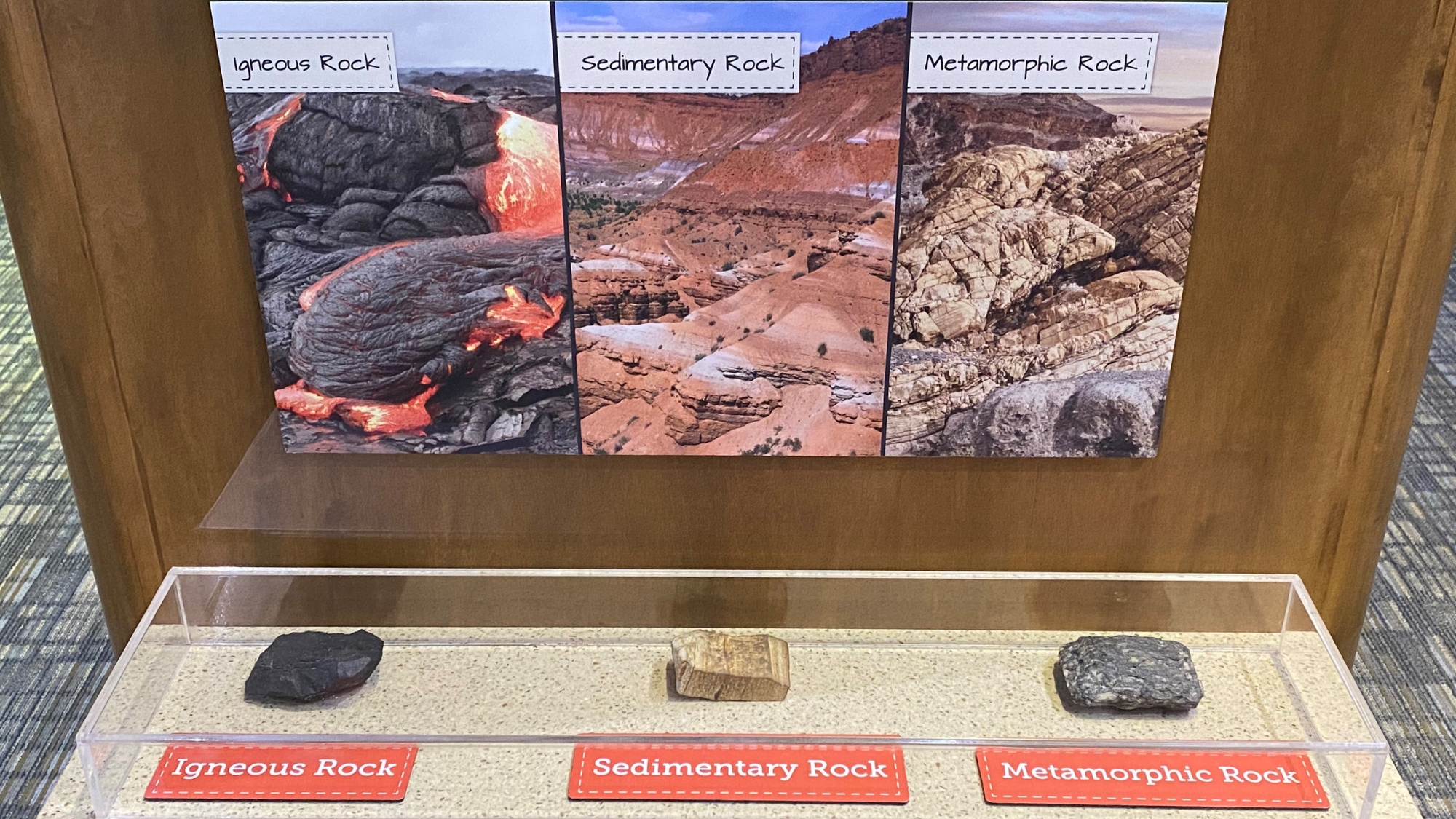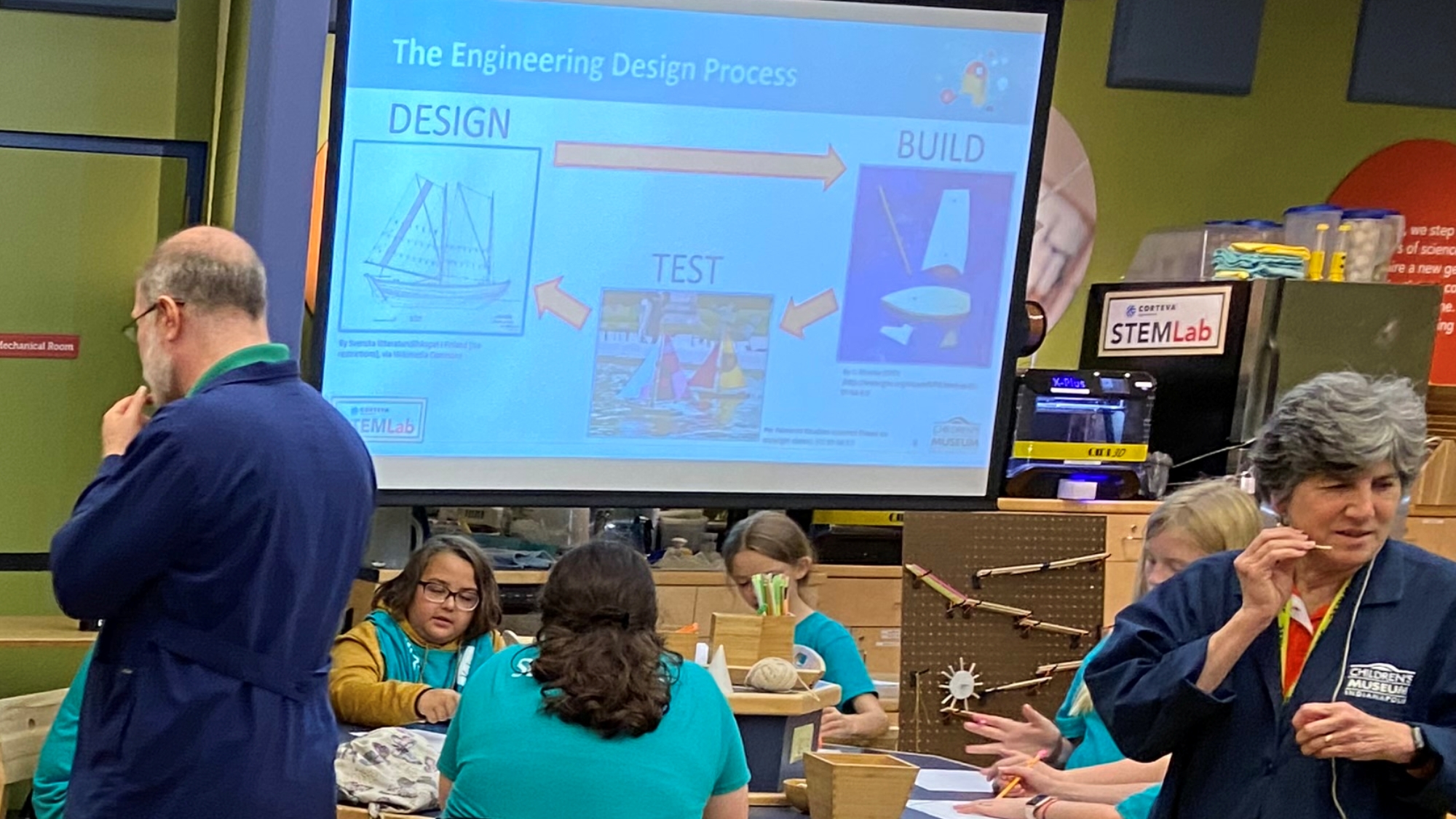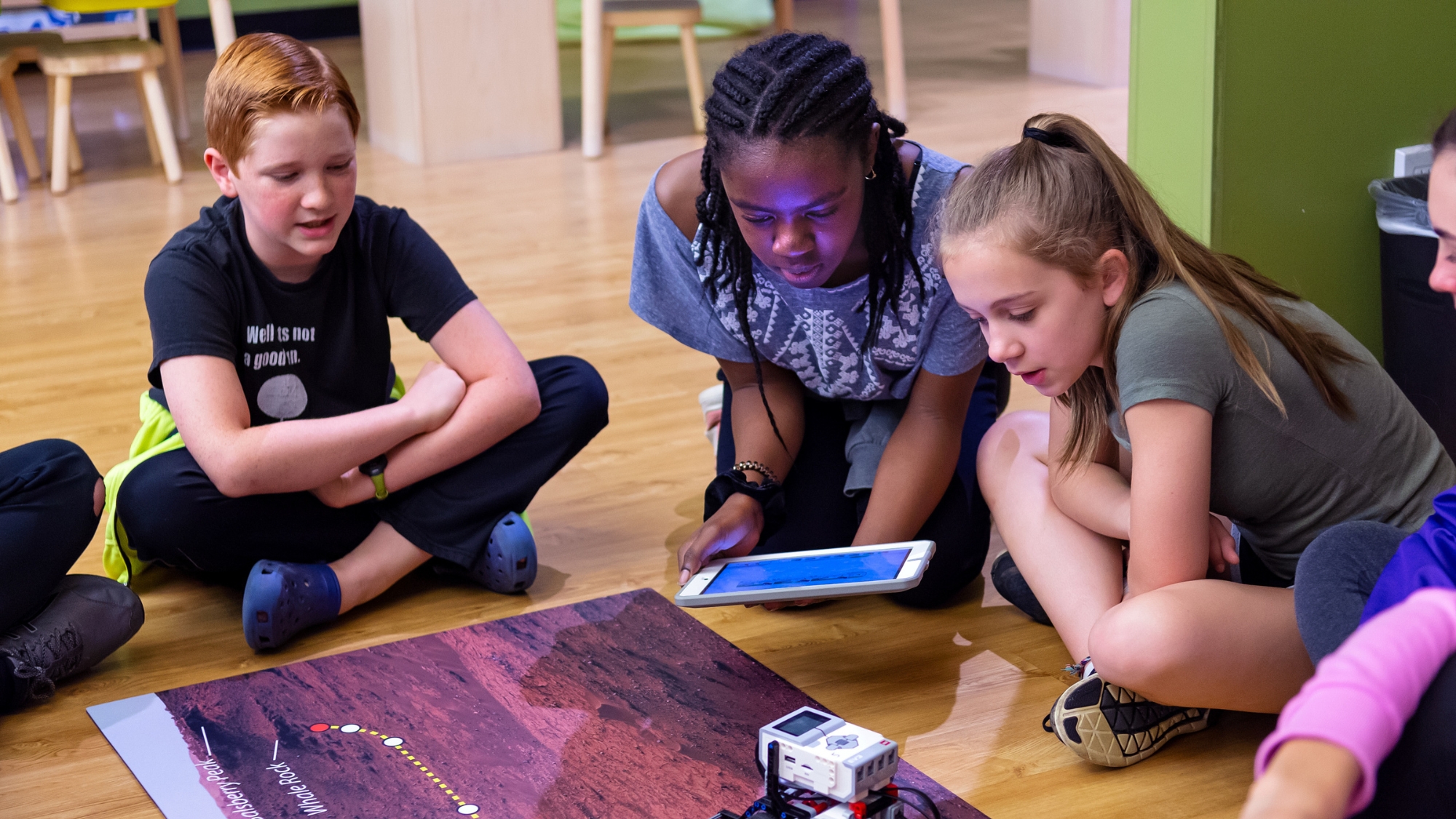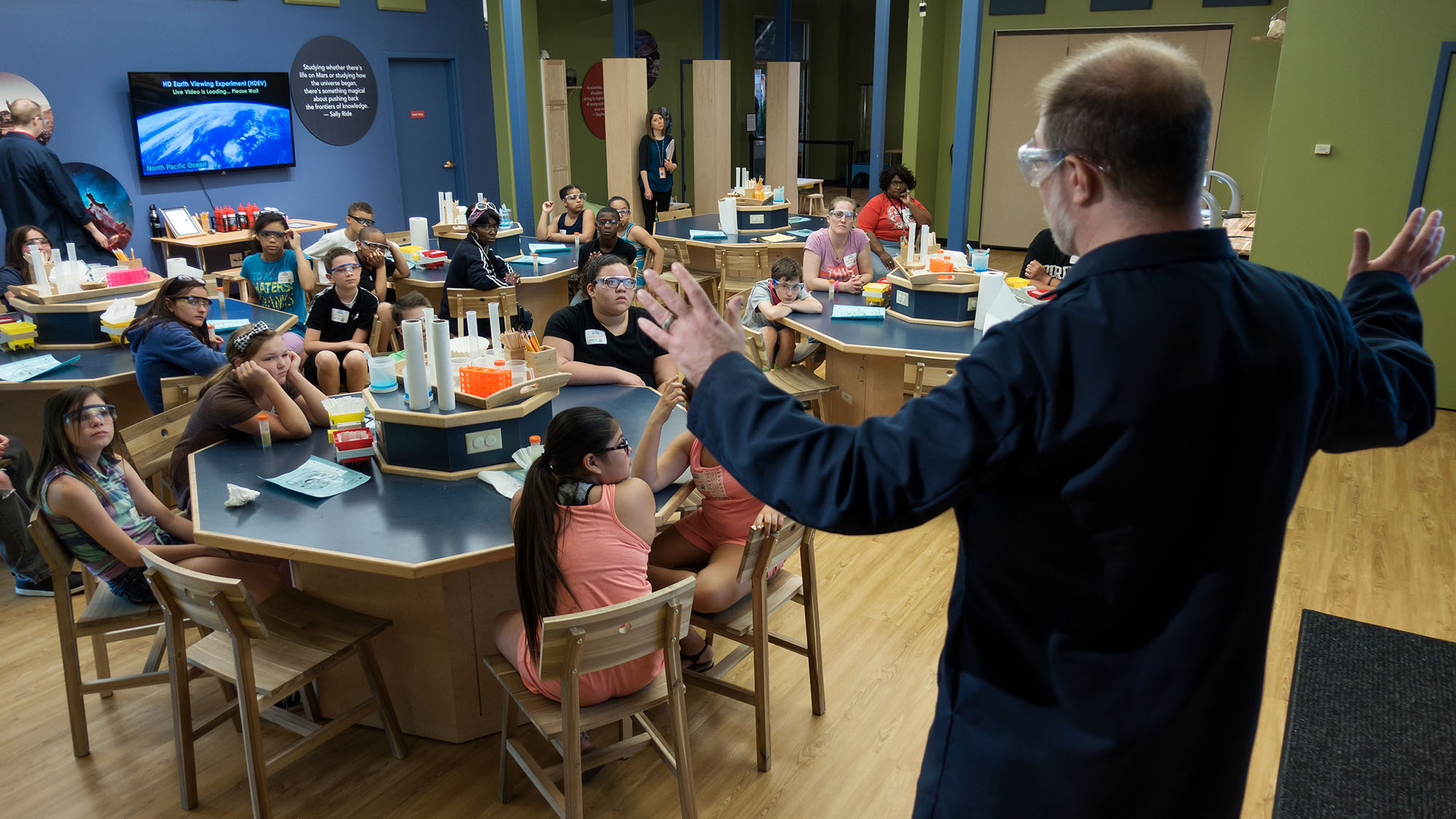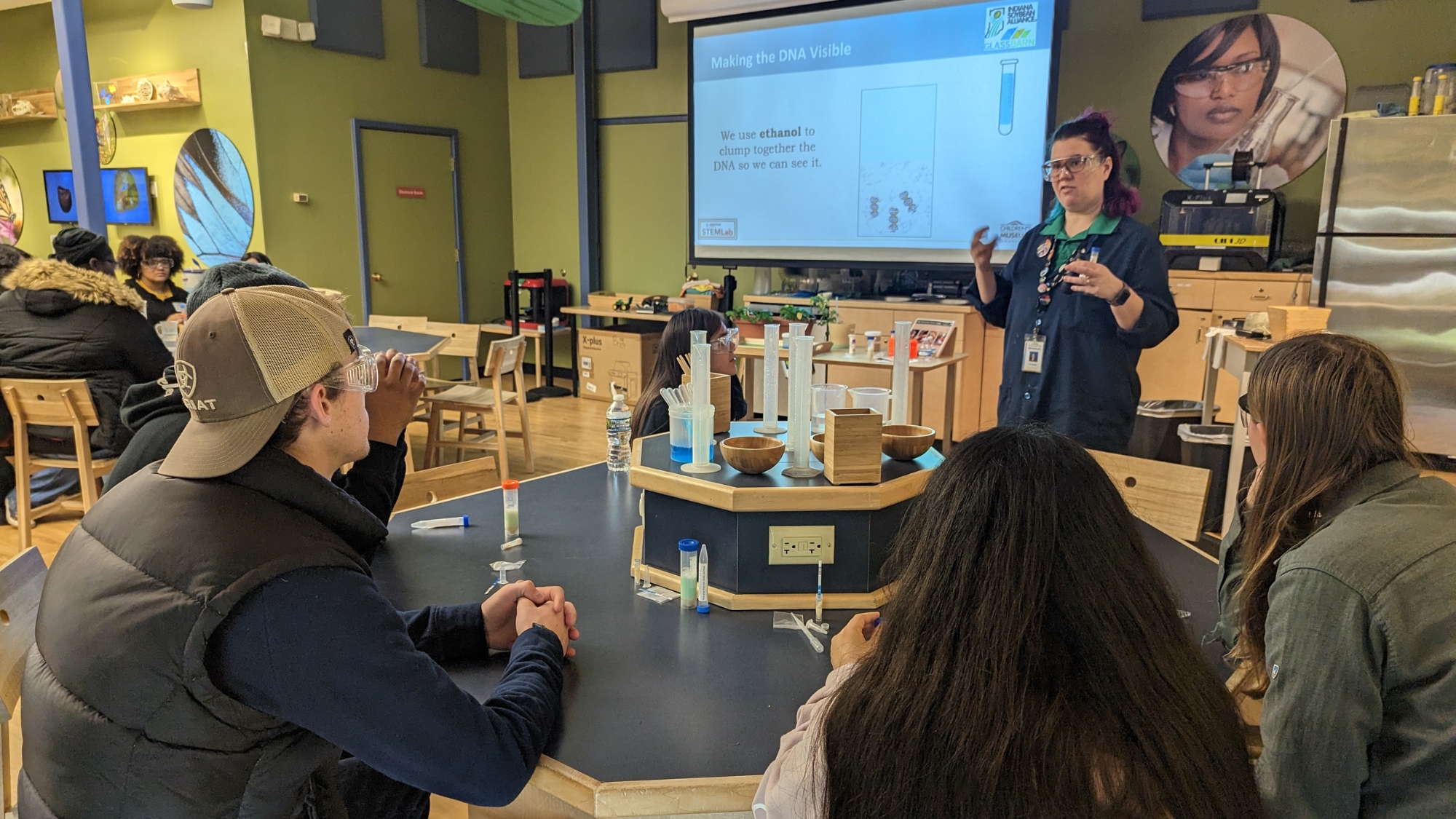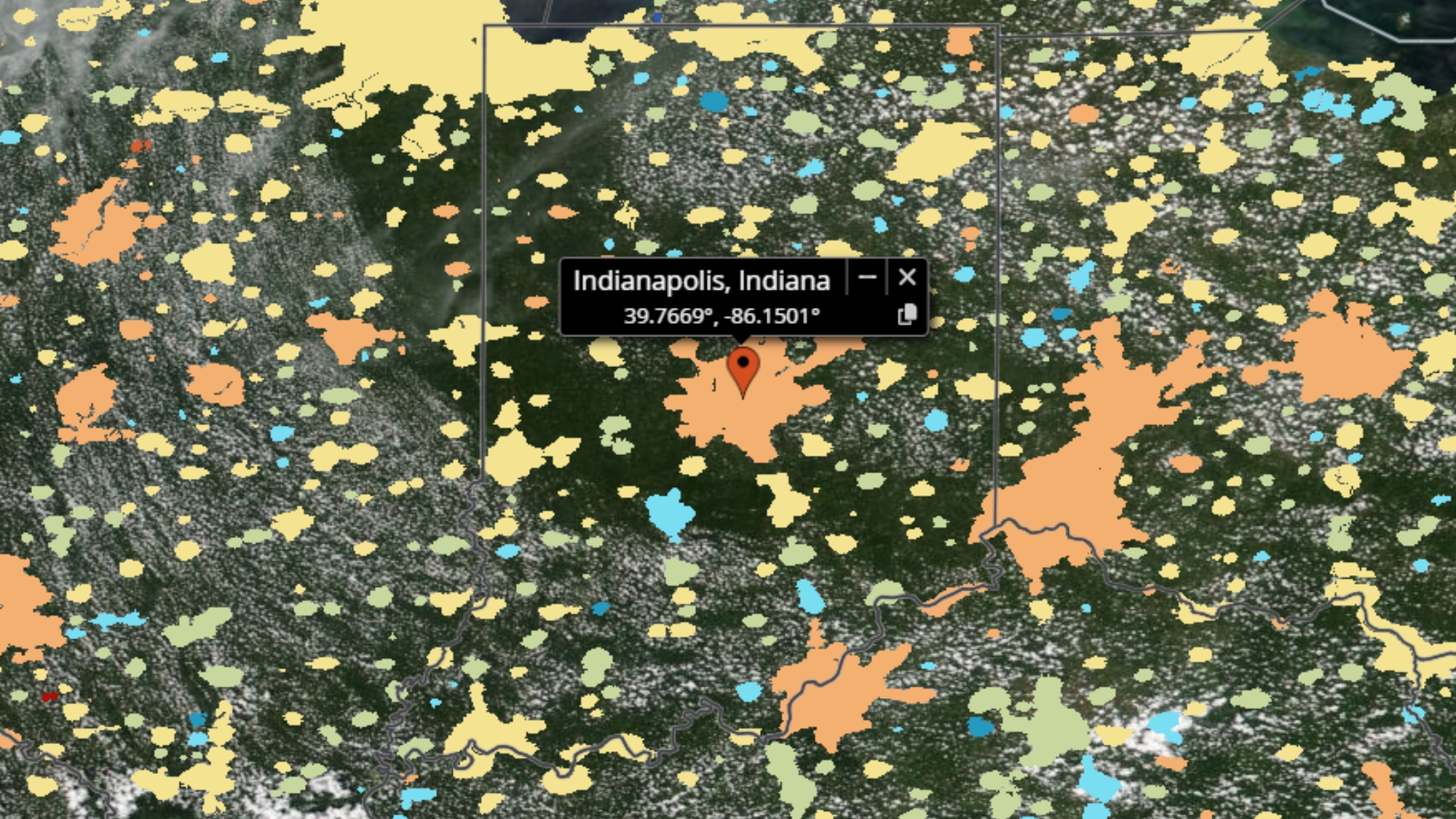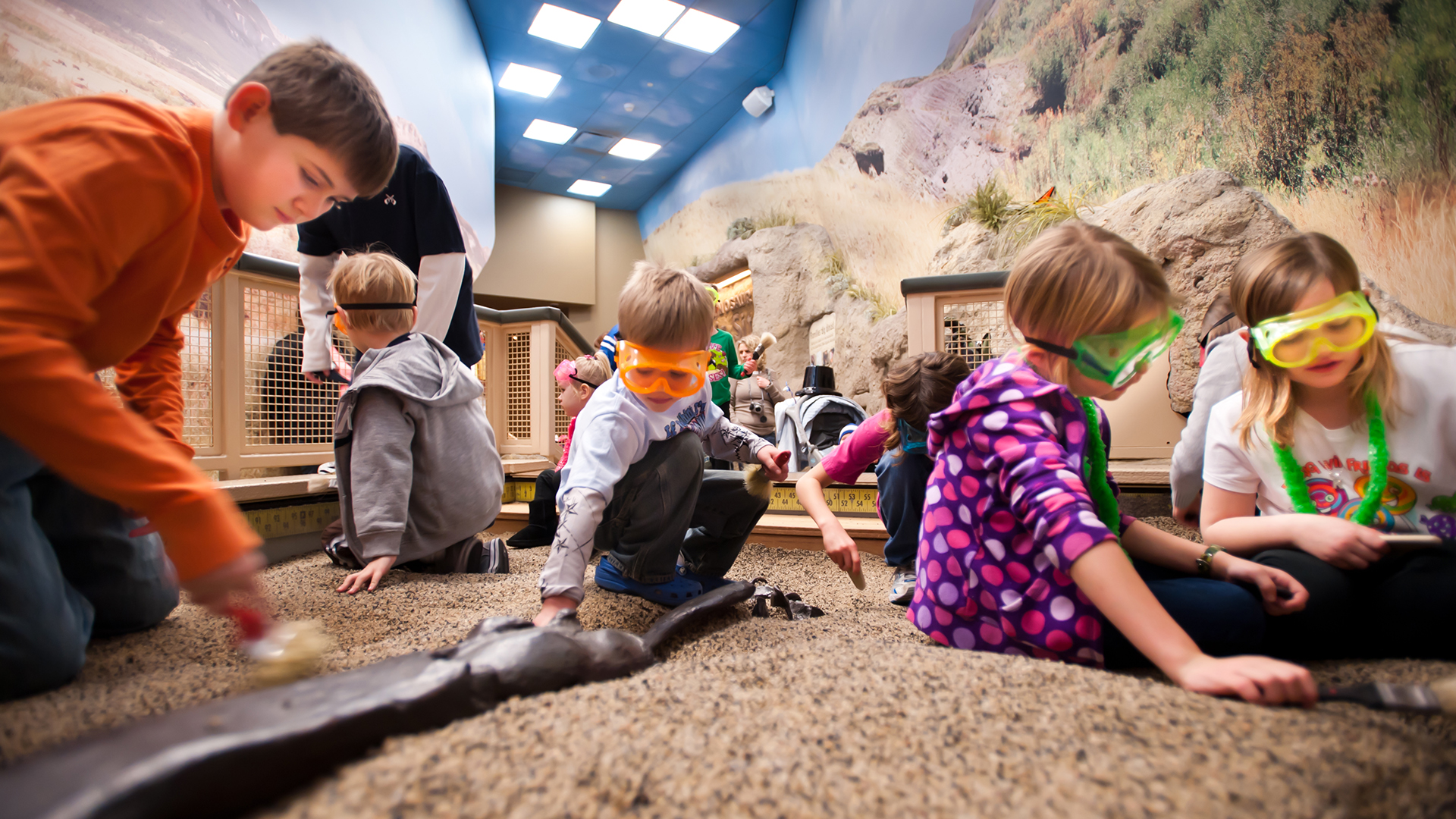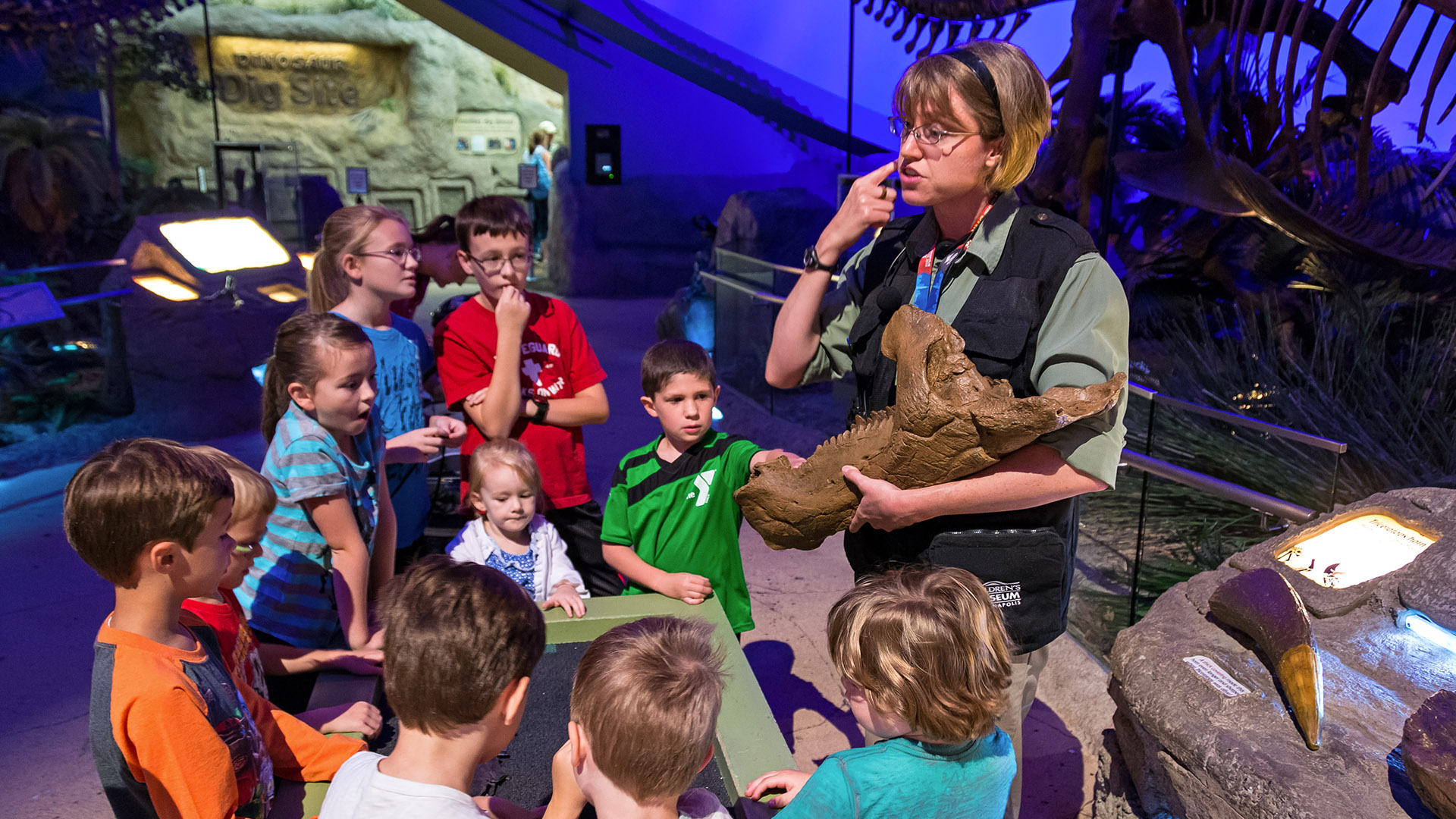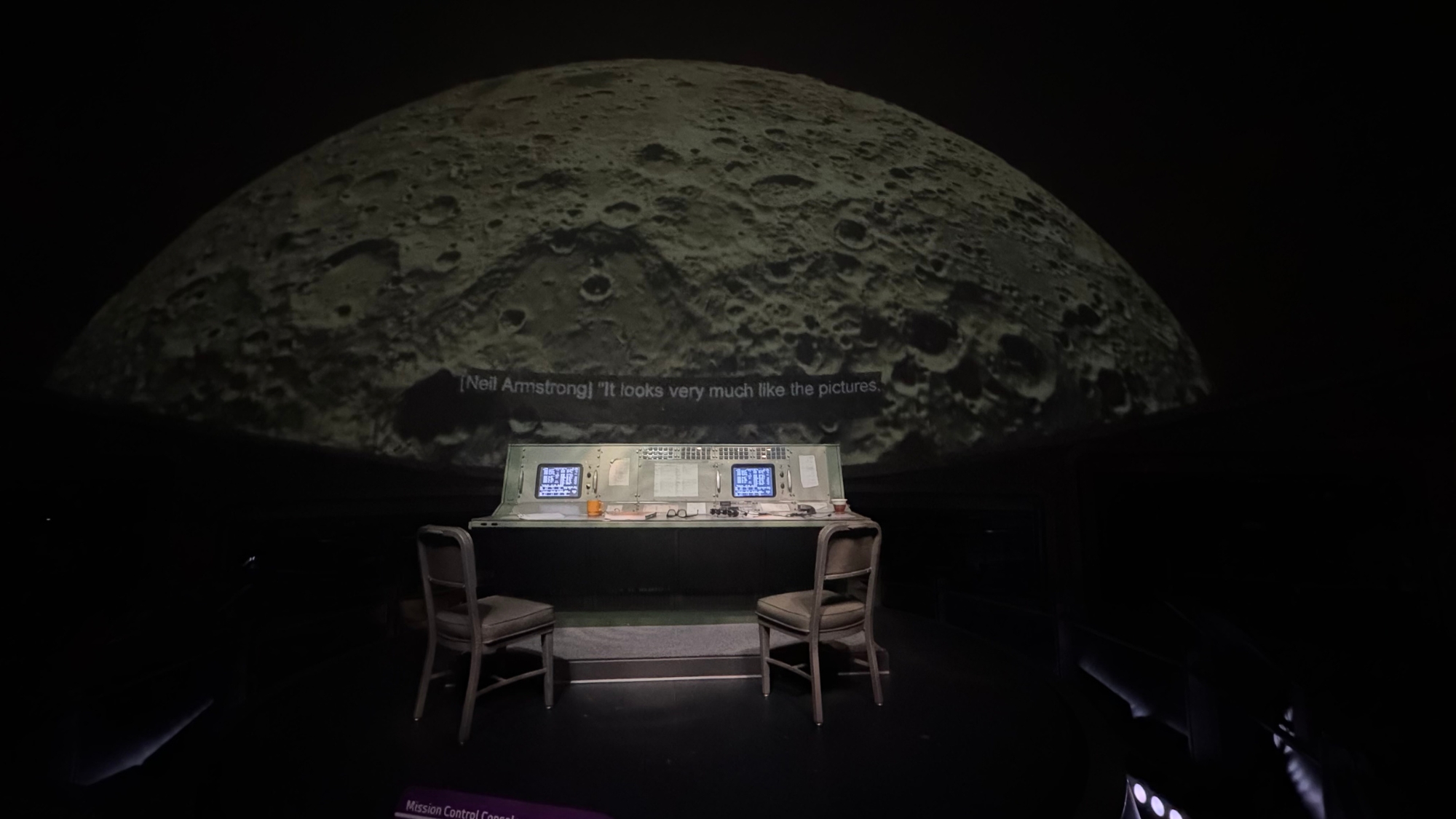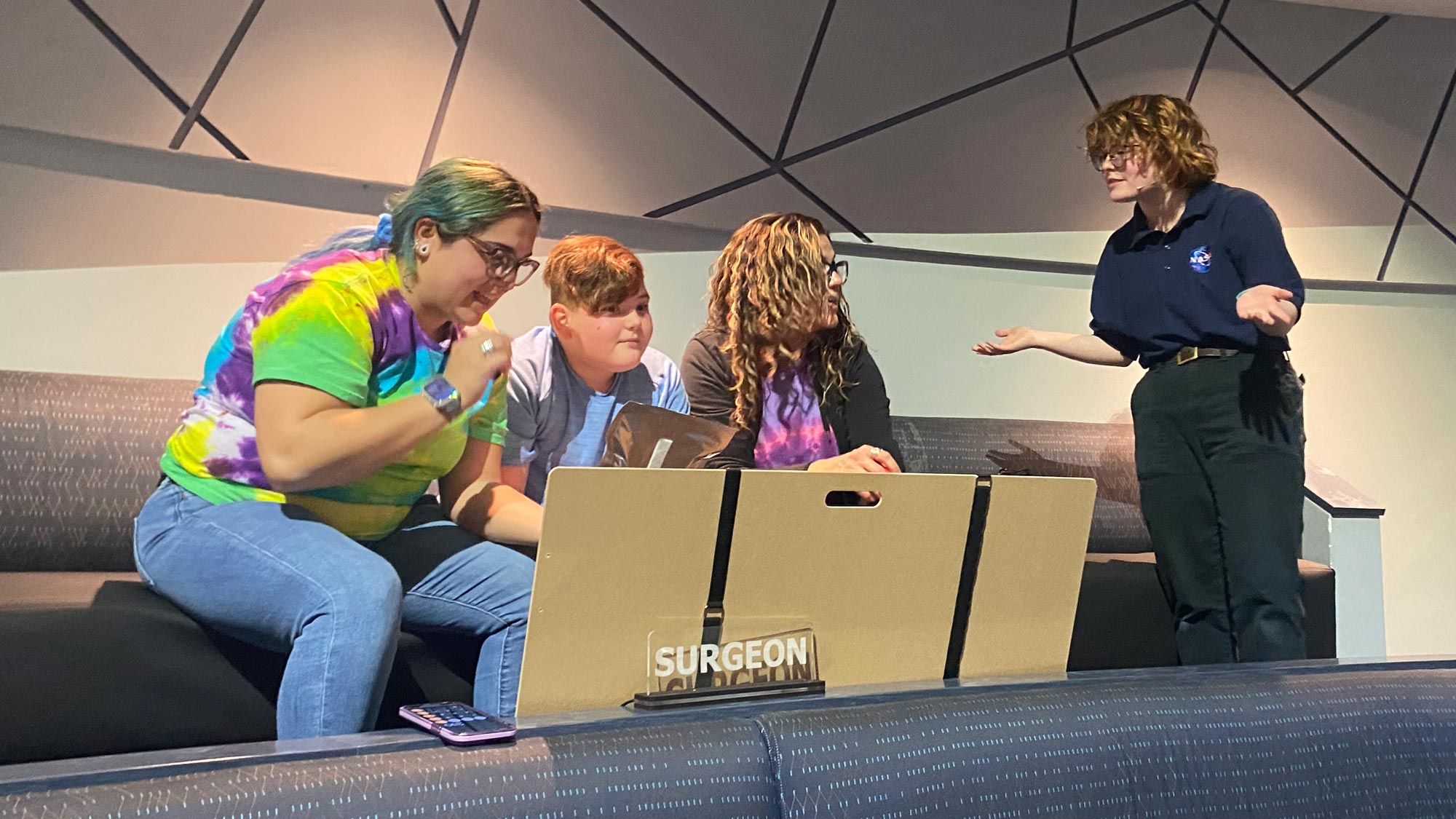Grades K–1
Weather Tools
How can meteorologists know whether the weather will be good or bad, rainy or sunny? Explore simple weather measurement tools like thermometers and barometers and learn how they can be used to predict the weather.
Grades K–2
Plants Alive! Seed Germination
Are plants alive? Where do they come from? Examine a seed to learn what makes it so special, and then test your green thumb by getting seeds ready to germinate. Take these baby plants back to your classroom to watch them grow.
Grades K–2
Water Works
Use experimentation and observation to explore the unique physical properties of water. What different forms can it take? What happens when it gets mixed with other substances?
Grades 2–3
The Water Cycle
Students will simulate the motion of water through the water cycle using dice to randomly determine how water might move from one locale to another. They will map water’s possible movements around the Earth and discuss how climate change might impact the movement of water through the water cycle.
Grades 3–5
Avian Adaptations
Students will explore 3 diverse ecosystems found in Peru—mountains, coastal hills, and rainforest—through the lens of native birds and how they are adapted to each different environment.
Grades 3–5
Test Track
Race cars are designed to be fast! Complete a scientific test to learn how different surfaces affect speed and motion. Measure how friction affects the way model cars move on a track.
Grades 3–5
Geology Tour
Students will learn what types of observations they must make to classify a rock correctly and the physical properties that make up each rock category. They will use a dichotomous key to determine the identity of a rock sample. Sign up for a rockin' good time!
Grades 3–8
Pegboard Engineering
Work on collaborative designs and create prototypes to test out ideas while designing a pegboard marble run. Grades 3-5 and 6-8 will use the engineering design process to complete age-appropriate engineering challenges.
Grades 3–8
Robotics Challenge
What is a robot and how do humans make them work? Students will work in small groups to explore how robots work and attempt age-appropriate programming challenges using the engineering design process.
Grades 4–6
The Carbon Cycle
Using experiments and demonstrations, students will learn how human activity affects the carbon cycle and how these changes affect the geosphere, hydrosphere, biosphere, and atmosphere.
Grades 6–8
Cells, DNA, and Life
Students will extract DNA from plant cells and examine its structure. They will learn about scientists who have paved the way for our modern understanding of genetics, and they will learn about genetic engineering and get a chance to envision their own genetically engineered plant.
Grades 7–8
Urban Heat Islands
Students will understand the importance of awareness of the Extreme Heat Vulnerability Index that affects Indianapolis due to its mid-latitude and how NASA’s satellites provide scientists with impartial, unbiased data that supports the existence of Urban Heat Islands and the changes in these urban areas are both natural and human induced.
